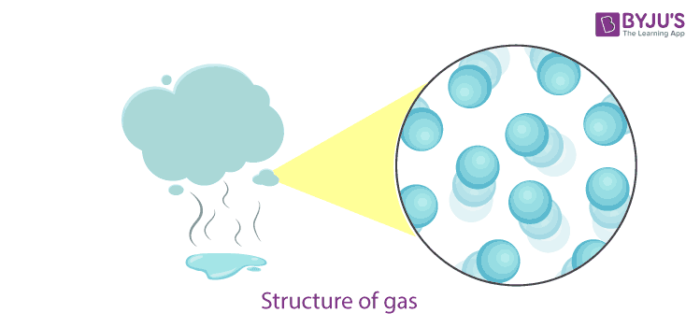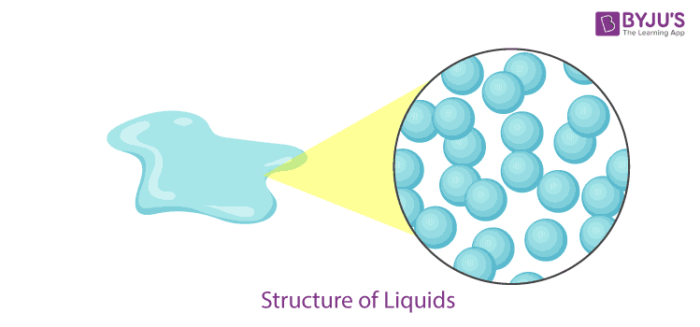What is Matter in Chemistry?
As discovered by scientists,
The matter is made up of very tiny particles and these particles are so small that we cannot see them with naked eyes.
It has been observed that matter exists in nature in different forms. Some substances are rigid and have a fixed shape like wood and stone; some substances can flow and take the shape of their container like water, while there are forms of matter that do not have definite shape or size such as air.
Matter can be classified into different categories based on the physical properties exhibited by them and the states in which they exist; these are called states of matter.
Following are the basic three states of matter:
- Solid
- Liquid
- Gas
Apart from the above mentioned three, there are 2 more states of matter which we do not see in our everyday life. They are Plasma & Bose-einstein condensate.
Changes in the characteristics of matter related with external influences such as pressure and temperature separate states of matter. A discontinuity in one of those qualities frequently distinguishes states: rising the temperature of ice, for example, generates a discontinuity at 0 °C (32 °F) as energy flows into a phase transition rather than temperature rise.
Matter Definition Chemistry
Chemistry is the study of the composition of matter and its transformation. Another term often considered synonymous with matter is substance, but a substance has a more limited definition in chemistry. Chemistry deals with the study of behaviour of – matter Chemistry is concerned with the – Composition, structure and properties of matter and the phenomenon which occurs when different kinds of matter undergo changes.
Matter theory covers the changing ideas and systems that were used to describe and explain the material world. A large part of matter theory was based on a theory of the elements.
Solid Definition
- In solids, particles are tightly or closely packed.
- The gaps between the particles are tiny and hence it is tough to compress them.
- Solid has a fixed shape and volume.
- Due to its rigid nature, particles in solid can only vibrate about their mean position and cannot move.
- Force of attraction between particles is adamant.
- The rate of diffusion in solids is very low.
- An example of solids: solid ice, sugar, rock, wood, etc.
Liquid Definition
- In a liquid state of matter, particles are less tightly packed as compared to solids.
- Liquids take the shape of the container in which they are kept.
- Liquids are difficult to compress as particles have less space between them to move.
- Liquids have fixed volume but no fixed shape.
- The rate of diffusion in liquids is higher than that of solids.
- Force of attraction between the particles is weaker than solids.
- Example of a liquid state of matter: water, milk, blood, coffee, etc.
Gas Definition
- In gases, particles are far apart from each other.
- Force of attraction between the particles is negligible, and they can move freely.
- Gases have neither a fixed volume nor a fixed shape.
- The gaseous state has the highest compressibility as compared to solids and liquids.
- The rate is diffusion is higher than solids and liquids.
- The kinetic energy of particles is higher than in solids and liquids.
- An example of gases: air, helium, nitrogen, oxygen, carbon dioxide, etc.

Plasma
- Plasma is a not so generally seen form of matter. Plasma consists of particles with extremely high kinetic energy. Electricity is used to ionize noble gases and make glowing signs, which is essentially plasma.
- Superheated forms of plasma are what stars are.
Bose-Einstein Condensates
- Discovered in 1995, Bose-Einstein condensates were made with the help of the advancements in technology.
- Carl Weiman and Eric Cornell cooled a sample of rubidium with the help of magnets and lasers to within a few degrees of absolute zero.
- At the said temperature, the motion of the molecules becomes negligible. As this brings down the kinetic energy, the atoms no longer stay separate, but they begin to clump together. As the atoms join together they form a super-atom.
- Light slows down as it passes through a BEC helping scientists to study more about the nature of light as a wave and particle.
- BEC’s also show properties of a superfluid which implies, that it flows without friction.








0 Comments